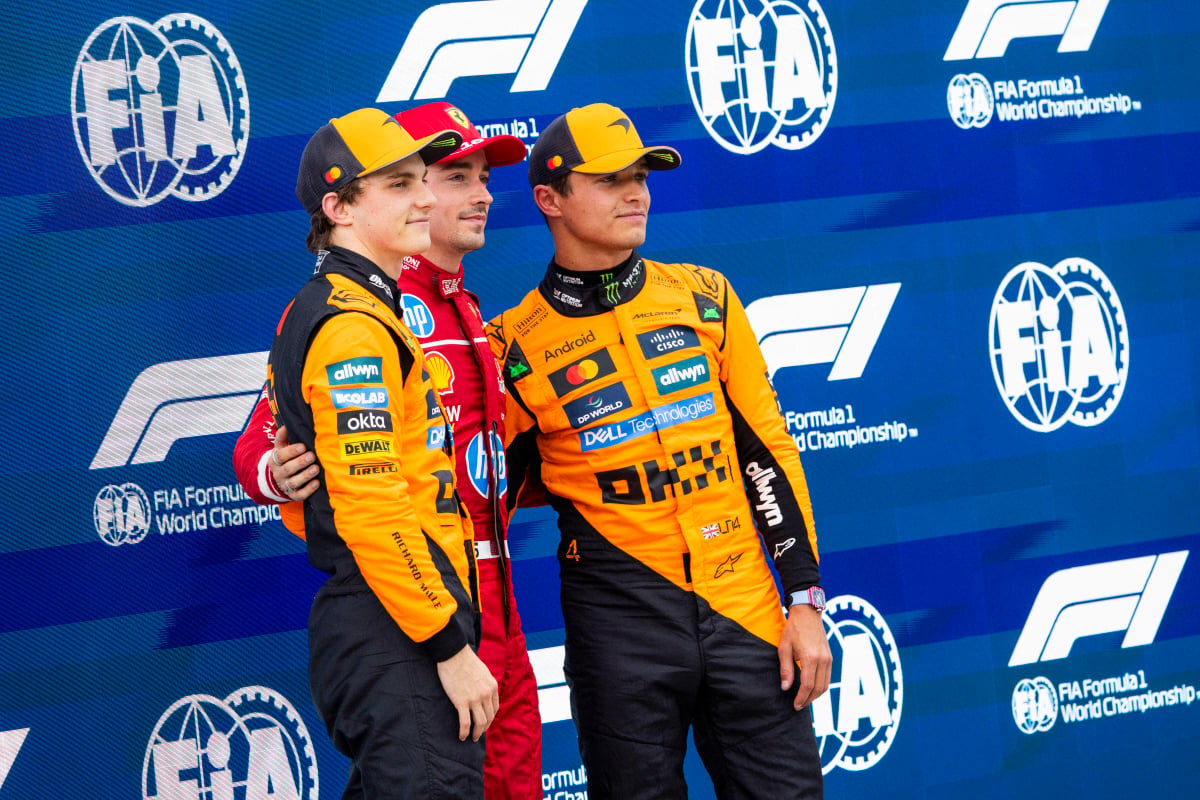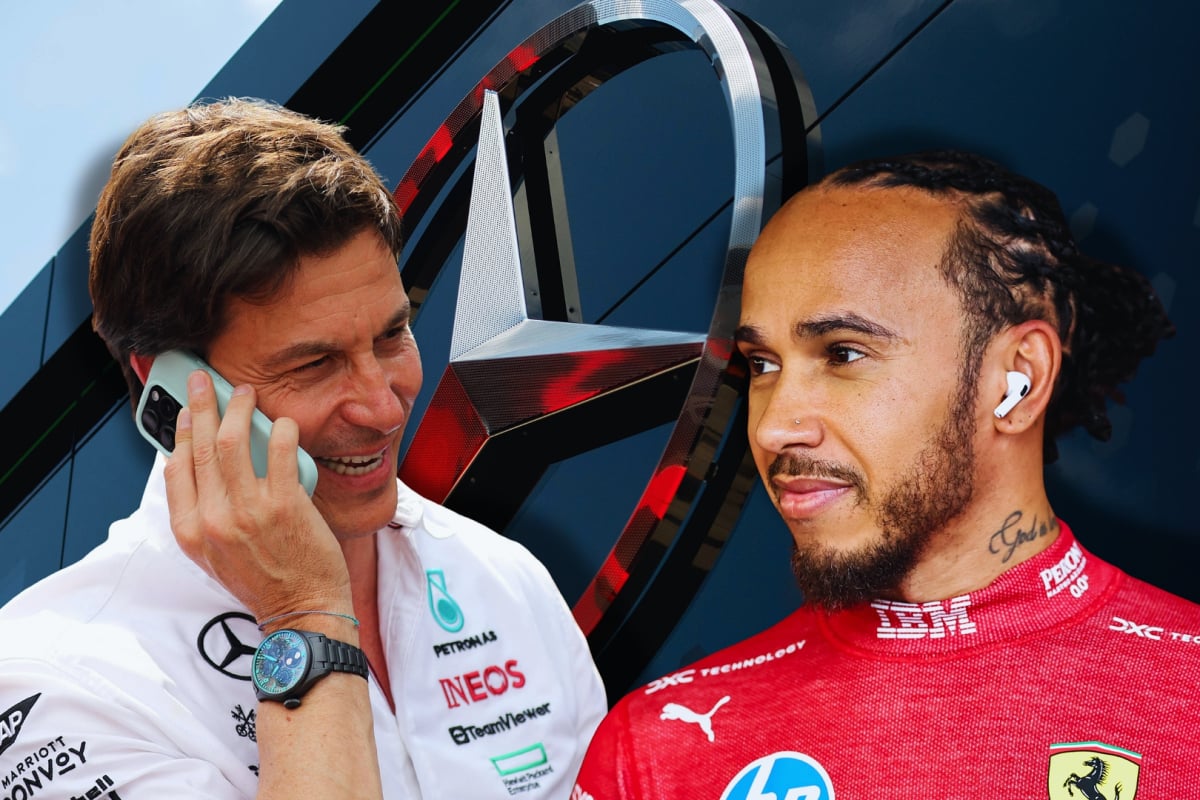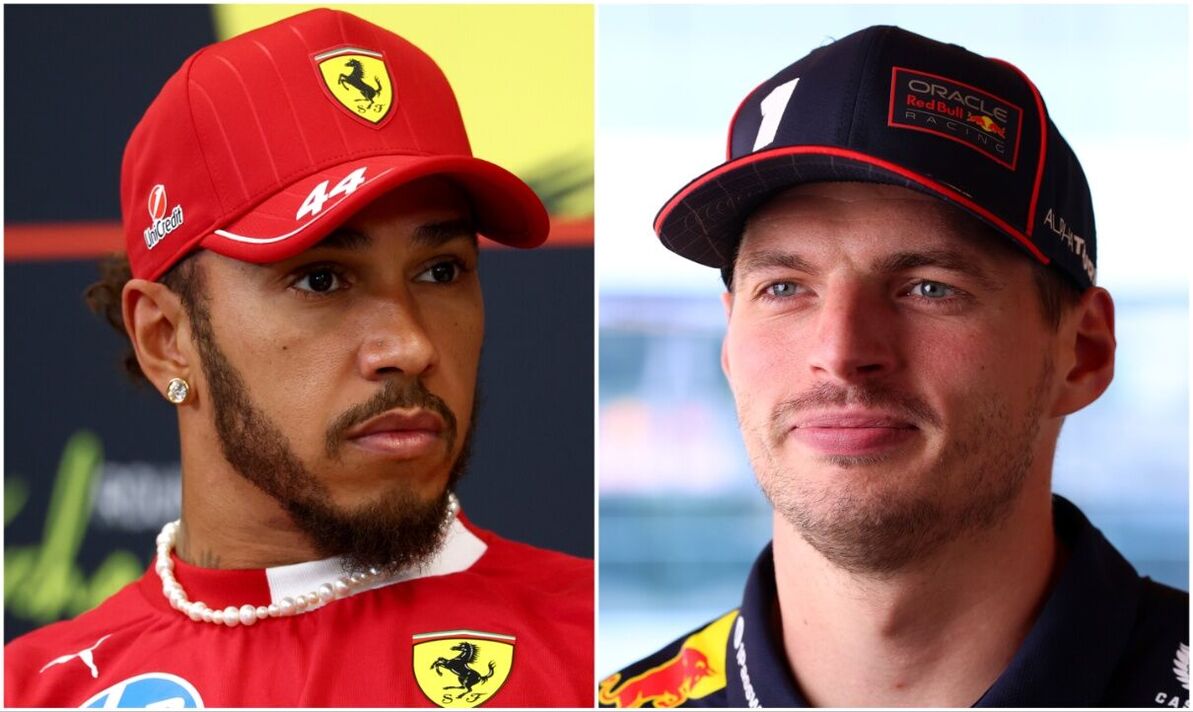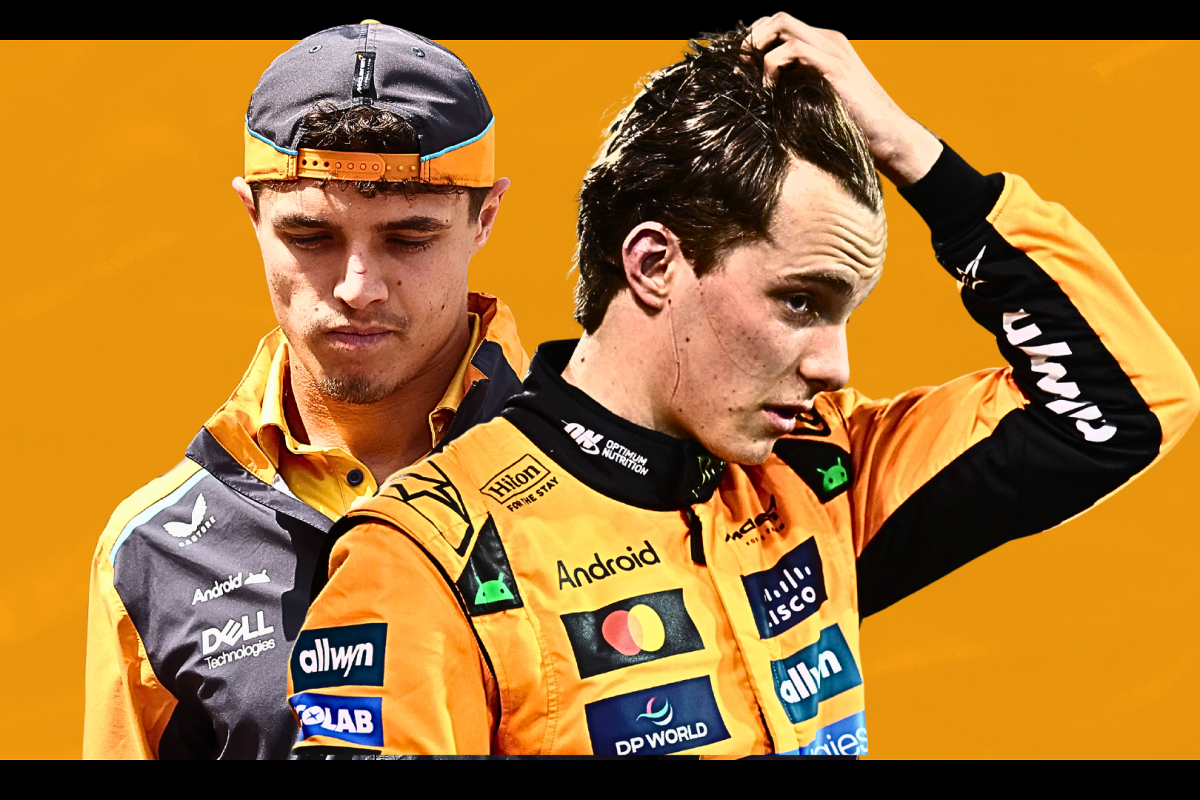Formula 1’s Summer Break: A Vital Pause in a T… read more
Following a captivating Hungarian Grand Prix that concluded the first half of the 2025 Formula 1 season, the sport has now entered its annual summer break. This scheduled pause in the championship calendar serves as an essential moment of rest and recalibration for teams, drivers, and personnel alike. As the season reaches a critical juncture, the break provides a moment of reflection, especially in a campaign that has seen McLaren take center stage with a commanding performance. Lando Norris and Oscar Piastri have engaged fans with a fierce internal championship duel, while the team from Woking has all but sealed the constructors’ title with a dominant string of four consecutive one-two finishes. Yet, despite their commanding lead in the team standings, the individual fight between Norris and Piastri remains wide open, making the second half of the season highly anticipated. But before that battle resumes, Formula 1 takes a breather — one that is not just traditional, but also mandated.
So, what exactly is the Formula 1 summer break? In the modern era of the sport, where the calendar continues to expand with races across multiple continents, this mid-season pause plays a crucial role in ensuring sustainability for both human resources and operations. The break is more than a simple vacation period — it is a mandated, enforced shutdown dictated by the FIA’s sporting regulations. Every year, the governing body requires all teams to observe a factory shutdown period lasting 14 consecutive days. During this period, no performance-related work can be carried out on the current car or any future models. Engineers, mechanics, drivers, and team staff are not permitted to access data, run simulations, or engage in development programs. Factories are required to close their doors, and team members are expected to down tools entirely, in an effort to guarantee genuine rest across the paddock.
The purpose of this regulation is twofold. Firstly, it ensures that all teams — regardless of size, budget, or resources — are afforded an equal and necessary opportunity to rest and recover, thereby promoting a more level playing field. Secondly, it is designed to protect the health and wellbeing of team personnel, many of whom work grueling hours during the intensely packed race calendar. With more than 20 Grand Prix weekends across different time zones, the demands of F1 take a toll not only on drivers but on everyone involved behind the scenes. Engineers, strategists, truck drivers, logistics teams, and countless others spend weeks at a time away from home. The summer break is the only chance for many of them to disconnect completely, recharge, and spend quality time with their families — something that’s difficult to come by during the season.
Traditionally, the summer break falls between the final race in July and the first race in late August or early September. This year, however, the calendar was slightly restructured. The Hungarian Grand Prix, the final event before the pause, was held from August 1 to 3 — slightly later than usual. As a result, the break will last three weeks, with racing scheduled to return at the end of August. Despite being slightly shorter than in previous years, the three-week pause still provides teams with enough time to rest before shifting their focus to the season’s climax.
Once the summer break concludes, the 2025 season will roar back into action with renewed intensity. The next race is poised to bring drama, as all eyes will be on the championship duel between Norris and Piastri. McLaren may have secured dominance as a team, but their two young stars are locked in a close and respectful, yet highly competitive, battle for the Drivers’ Championship crown. Both drivers have shown maturity and consistency, and neither has yet established a definitive edge. The break, therefore, could be a mental reset that determines who returns stronger.
For fans, the summer break may feel like an unwelcome pause, especially during such an exhilarating season. But it is a necessary interlude in a relentless schedule. It not only ensures fairness and wellbeing across the paddock, but also heightens anticipation for the remaining races. With the championship battle delicately poised and multiple iconic tracks still to come, the second half of the season promises plenty of drama, strategy, and spectacle. Until then, drivers, teams, and fans alike will take this short window to breathe — before the thunderous sound of V6 turbo hybrids returns to light up the world’s circuits once more.




